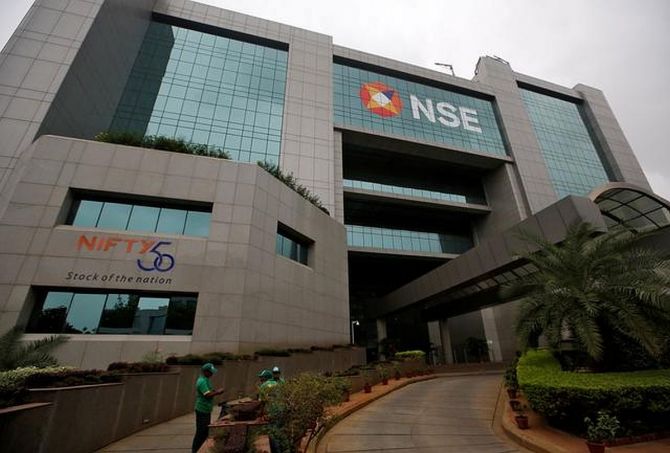Nifty PSU: Positive rerating of these stocks likely

The last year has seen public sector undertakings (PSUs) outperforming the Nifty50, albeit by a small degree.
But PSU valuations are still, on average, less than half of private sector peers at price-to-equity or PE 8.7x for the Nifty PSU Index versus 20.9x for the Nifty50.
There are several reasons for lower valuation.
One is that PSUs are usually closely held and given a strategy of divestment, investors are braced for a jump in public float which may lead to a short-term price downtrend.
Investors are also wary about the government interfering with management.
The government often taps their reserves. It asks for high dividends.
It creates cross-holdings, asking one tightly-controlled PSU to buy a stake in another tightly controlled PSU.
This cross-holding allows the government to retain exactly the same stake, albeit indirectly, and it also receives cash.
Sometimes, the government also interferes with product-pricing, as in the case of the oil marketing companies (OMCs), where political considerations can result in prices being frozen, inflicting under-recoveries.
PSU banks have sometimes been asked to give loans that don’t make commercial sense and insurance companies have sometimes been asked to pick up stakes in sub-optimal assets.
However, despite government interference, many PSUs are well-managed.
They have an advantage in terms of being former monopolies (or still monopolies like Coal India, Power Grid, IRCTC, etc.) and holding dominant market-share.
Also significantly for the long-term investors, the demand for high dividends means that dividend yields can be significantly high.
The Nifty PSU index has a current dividend yield of 4.8 per cent which is much more than the Nifty’s 1.4 per cent yield.
The Nifty PSE, which tracks 20 PSUs weighting according to the free float, is up 13.3 per cent in the last 12 months while the Nifty50 is up 11.92 per cent in the same time.
There are common constituents in both indices such as BPCL, Coal India, NTPC, ONGC and Power Grid.
The Nifty PSU index has a high energy and resource-weighting with around 70 per cent of weight from oil, gas, coal and power with another 12 per cent weight from capital goods.
It includes PFC, REC, NHPC, NTPC, and Power Grid, which covers various links in the power sector value chain.
It includes OIL, ONGC, BPCL, HPCL, GAIL and IOC, which covers the entire oil & gas value chain while Coal India is a monopoly, as is IRCTC, and Concor is also close to being a logistics monopoly.
National Aluminium and Sail are metals producers. LIC still holds the dominant market-share in the life insurance sector.
Then, there’s Bharat Electronics (BEL), Hindustan Aeronautics (HAL), Bharat Heavy Electricals (BHEL), which are all serious engineering players, with BEL and HAL seeing potential upsides from greater activity and liberalisation in the defence and aerospace sectors.
Despite the lack of inclusion of banks, the index has exposure across most sectors.
While the PSU index is somewhat correlated with the Nifty50, it has a lower beta, which offers defensive strength in bear markets.
The big winners in the index are HAL, BHEL, PFC, NHPC and NTPC, and Coal India.
Each of these have comfortably outperformed the PSU Index.
That’s two engineering companies, two power generators which are seeing a rise in volume as the economy recovers.
PFC has seen credit expansion as power sector investment has risen.
Coal India is also a key component of the power (and metals) value chain and high global prices have helped drive profits.
Positive rerating of these stocks could happen over the long term, since many analysts have ‘buy’ recommendations on the power and engineering sectors.
Source: Read Full Article

